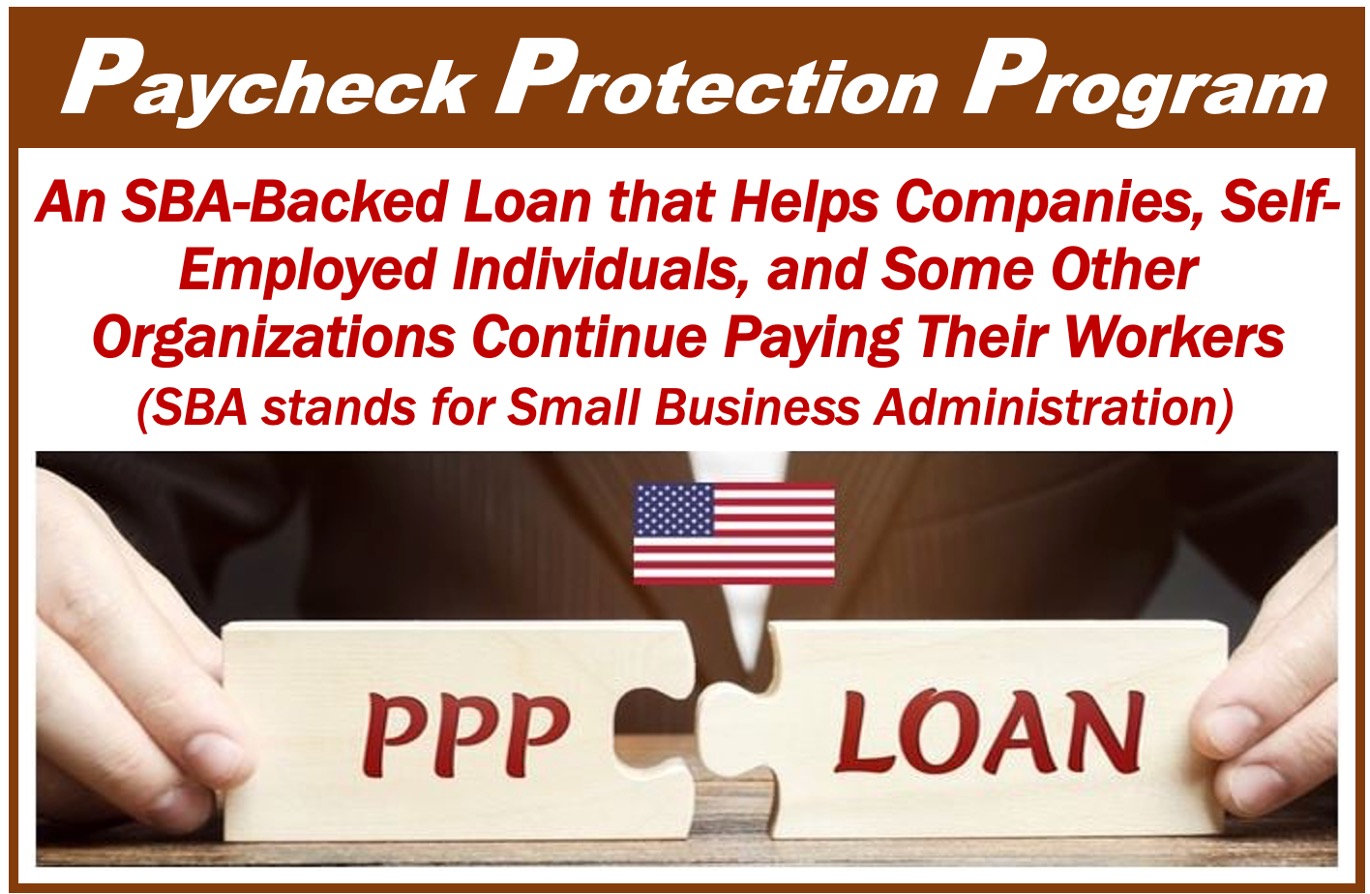If you are considering applying for a PPP loan, there are a few things to remember. First of all, you should understand who is eligible for PPP loans. This includes non-citizens, legal residents, and individuals with delinquent student loans. It would help if you also considered whether your business is a franchise listed in the SBA’s Franchise Directory.

Requirements for a PPP loan
The SBA has set forth requirements to qualify for a PPP loan application. A business concern is organized for profit, has a permanent place of business in the United States, pays taxes, and uses products manufactured in the United States. A business is also considered a PPP loan applicant if it makes a “significant contribution” to the U.S. economy and employs at least five people in the U.S.
Documents for PPP loan application include identification, a void check, and electronic funds transfer information. Depending on the circumstances, additional documents may be required. Applicants should check with their lenders for more details. The loan application process can be long and complicated, so it is essential to be familiar with these requirements.
The SBA notes that “public companies with substantial market value” generally cannot certify that they need the loan in good faith. As such, reviewing the requirements for PPP loans before applying is essential.
Calculation of Loan Amount
When applying for your first PPP loan, you should first calculate the amount you will be able to forgive. PPP is a government program that provides forgivable loans to small business owners. These loans are intended to help small businesses keep their employees on the payroll. Using the SBA Loan Forgiveness Calculation Tool, you can determine how much you can forgive.
Self-employed borrowers can calculate the number of their PPP loans based on their net profit and gross income. This change was made to make it easier for self-employed people to qualify for a larger loan. However, this change cannot be applied to already approved loans.
If you plan to apply for a second PPP loan, you should also be aware that you will be required to reduce your monthly payroll by 25 percent. You can find the guidelines for qualifying for the second draw here. Generally, you can get a loan for up to 2.5 times your average monthly payroll. This means that you can borrow up to $2 million.
Non-payroll Costs Eligible for Loan Forgiveness
If you work at a company that offers PPP loans, you may qualify for loan forgiveness if some of your costs qualify as payroll costs. These expenses include the costs you pay to maintain your employee’s health insurance and retirement plans. The amounts you can claim for payroll costs can be capped at 2.5 percent of your compensation during the Covered Period. You won’t qualify for loan forgiveness if you make less than this amount.
The total of your non-payroll costs that qualify for loan forgiveness cannot exceed 40% of the loan amount. The costs must have been incurred during the Covered Period. In addition, they must be paid before the next regular billing date.
To qualify for loan forgiveness, you must have a payroll of at least $50,000. This enables you to include the payroll expenses, such as salaries, benefits, and benefits. However, there are some exceptions. For example, if you have fewer than 50 full-time employees, you can only receive forgiveness for $33,333 of payroll costs.
Application Process
Before you apply for a PPP loan, you need to understand its requirements and rules. The lender will ask for certain documents, such as payroll records, to verify your income. This documentation will help the lender determine how much you can borrow. You must also present organizational documents, tax documents, and government-issued identification.
You will need to complete the Borrower Application Form Revised on January 8, 2021, also known as the SBA Form 2483. In the first part of the form, you will need to provide basic information about your business, including the legal structure, average monthly payroll costs, and the number of 20% stakeholder owners. You can also enter the year you started a business and your business’s legal name.

